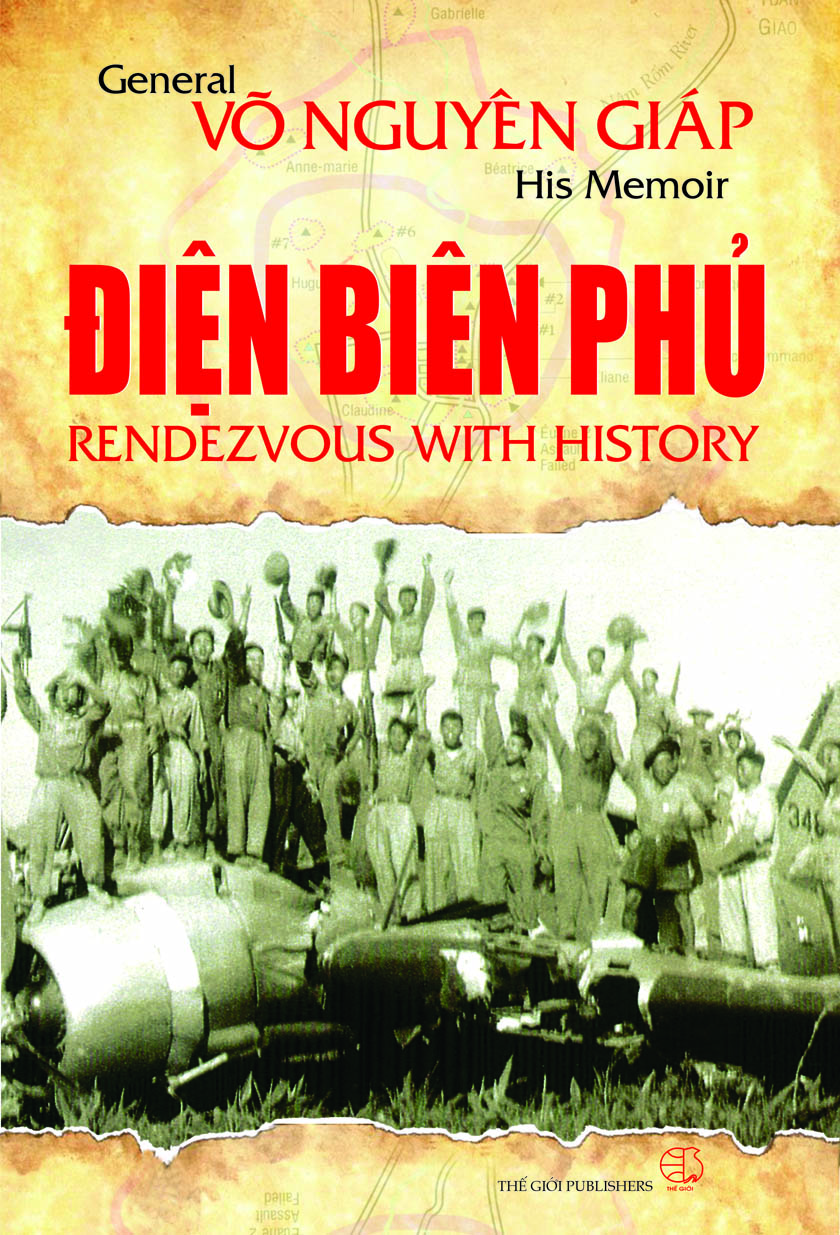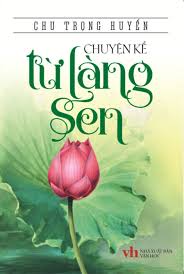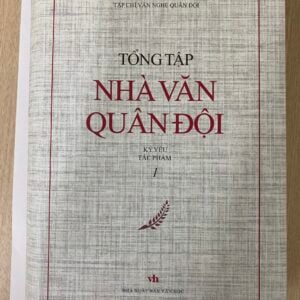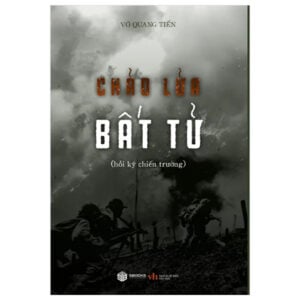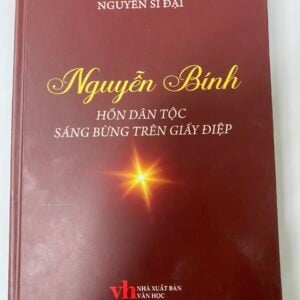Mô tả
Điện Biên Phủ: Rendezvous with History, written by victorious General Võ Nguyên Giáp, may be the best book for understanding the famous battle in 1954, which became the “death knell for colonialism.” General Giáp was also the victor in what Americans call the “Vietnam War” and Vietnamese call the “American War.” His Điện Biên Phủ: Rendezvous with History, supported by historical and cultural annotations, may also be the best book to help international readers understand the origins of the war with the United States and the inevitability of the American – Sài Gòn administration’s challenges, which culminated in the spring of 1975.
General Giáp used a writing process favored by many senior leaders worldwide. He dictated his memoir to amanuensis Hữu Mai (a Điện Biên Phủ veteran and famous writer) and assigned his personal assistants (who are listed in the Acknowledgments) to research details. Hữu Mai would read his draft to General Giáp, who made revisions.
In 2003, I observed this process between Võ Nguyên Giáp and Phạm Hồng Cư, who is General Giáp’s brother-in-law and also one of the general’s personal assistants and amanuenses. Hồng Cư is a widely published writer of personal essays about recent history. His name heads the list of acknowledgments for this book. According to Hồng Cư, General Giáp would routinely require a dozen revisions for an essay or speech. Only once did Hồng Cư write out eight drafts. At that time, General Giáp was in the hospital.
Võ Nguyên Giáp wrote Điện Biên Phủ for Vietnamese readers. Many allusions will be lost on international readers unless there are explanatory notes, particularly in the beginning. I have placed the annotations indicated by 1, 2, 3… at the bottom of the page to make them easy to access (and easy to skip!).
Thế Giới (World) Publishers in Hà Nội brought out an earlier version of this annotated translation in 2004 for the fiftieth anniversary of the Điện Biên Phủ Battle. In 2004 and again in 2009, Vietnamese publishers issued books with new information and photographs. This new edition of Điện Biên Phủ: Rendezvous with History provided a chance to revisit the original translation, add photographs and maps, and update and expand each chapter’s explanatory notes. In addition to material from Vietnamese books, I have added information, which could not be published in 2000 or 2004, from several hundred hours of interviews and informal conversations with participants at Điện Biên Phủ.
Whenever possible, explanatory notes also identify Vietnamese, French, and American participants, their roles, and, when information has been available, a short biography. The Vietnamese Winter-Spring 1953–1954 Campaign is a complex story with many concepts and names, which may be hard to remember. For that reason, to facilitate quick access, I have noted repeated references with links to earlier, detailed notes.
In his account, General Võ Nguyên Giáp draws on his own experience, on Western sources, and on research done by his officers. The quotations translated from English into Vietnamese for the book’s original Vietnamese text are taken from the original English for this translation; quotations translated from French into Vietnamese for the book’s original Vietnamese have been translated from the original French into English for this edition.
In the original Vietnamese editon published in 2000, General Giáp quoted extensively from Bernard Fall’s Hell in A Very Small Place in order to give Vietnamese readers a Western view. Bernard Fall’s widow supported Võ Nguyên Giáp’s use of her husband’s work, which was completely legal at that time because Việt Nam had not signed international conventions.
However, that extensive use of Fall’s work is no longer legal because it exceeds “fair use” according to international conventions now in place. Thus, we have removed from this edition many of the sections reliant on Fall and encourage readers to explore Hell in A Very Small Place: The Siege of Dien Bien Phu (originally published in 1966, now available from Boston’s Da Capo Press, 2002). A few quotations from Bernard Fall’s important work remain in this edition.
In many cases, the original Vietnamese edition did not include citations for sources or quotations. Võ Nguyên Giáp’s original annotations, which were footnotes, appear as footnotes. His source citations are indicated as such in the endnotes; I have added citations for other French and Vietnamese sources and quotations in the endnotes, indicated by i, ii, iii….
Brackets in the text indicate the few words added for clarity. Occasionally, I have used additional paragraphing to make dense, complicated text more accessible. Quotations in the original text appear as quotations in the translation.
The Vietnamese version of Điện Biên Phủ: Rendezvous with History ends with Võ Nguyên Giáp’s essay, “Changing the Conclusion,” which summarizes historical events prior to the Battle of Điện Biên Phủ. That essay provides international rea-ders with the historical and cultural context needed to understand the Vietnamese Winter-Spring 1953–1954 Campaign, which culminated in the Battle of Điện Biên Phủ. And so, we have moved the essay forward as the Prologue to this new and revised English edition. A chronology added to this new edition may also help the reader. The Bibliography is the same as the one in the original Vietnamese text. The index is new; it is among the first indices (as opposed to concordances) in a book published in Việt Nam.
Photographers and documentary film-makers from the Vietnamese People’s Army recorded the Battle of Điện Biên Phủ. However, many photographs thought to have been taken during the battle were actually shot at the time of Roman Karmen’s post-battle staging of battle scenes for his film, Vietnam. Photographs known to have been shot then are indicated as such. This post-battle timing may apply to other photographs; similar images may appear in outtakes from Roman Karmen’s film. Whenever possible, the photographers are credited. It would be my great pleasure to hear from anyone who can help identify the work of photographers not yet credited as well as to hear from those who have additions and corrections to the annotations.
Ngôn ngữ: tiếng Anh
Tác giả: Võ Nguyên Giáp
Khổ sách: 14 x 20,5cm
Số trang: 754 trang

